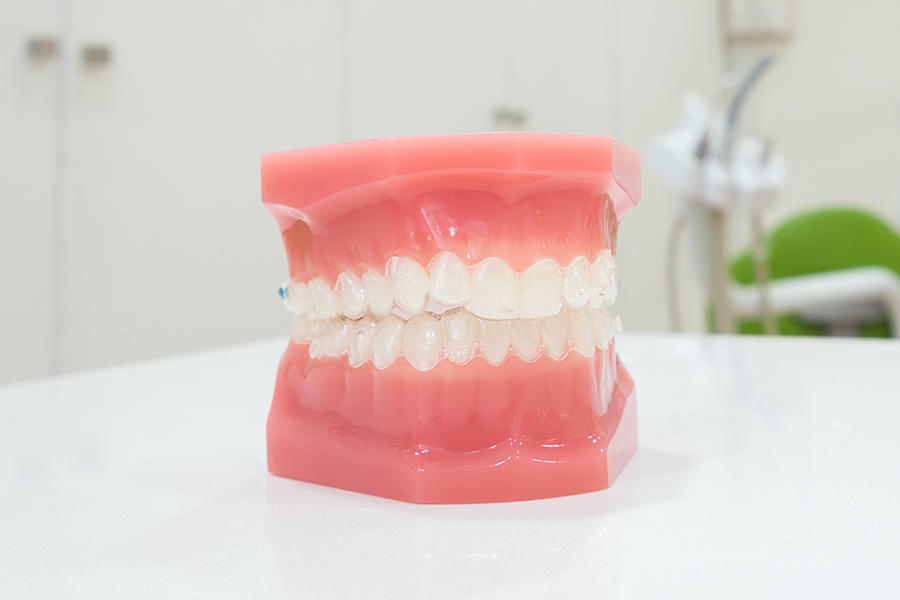Arthritis vs. Arthralgia

Joint issues occur in a variety of different ways. For the most part, they are under two different umbrellas: arthritis or arthralgia. Arthralgia refers specifically to joint pain. Here’s a look at the differences between arthritis and arthralgia.
What is Arthritis?
Arthritis encompasses hundreds of different disorders that cause stiffness and inflammation in the joints, often resulting in pain. Arthritis affects “more than 50 million adults and 300,000 children,” according to the Arthritis Foundation. Osteoarthritis is the most common form of arthritis, and it is usually what people are referring to when they talk about arthritis. Also called degenerative arthritis, it is in when the structures in the joint begin to degenerate, or fall apart. Other types of arthritis include inflammatory, infectious, anatomical, secondary, and juvenile.
Individuals with arthritis tend to experience the same symptoms, although different types of arthritis may add additional symptoms (particularly inflammatory or secondary arthritides). Common symptoms include stiffness (particularly in the morning), pain, and inflammation. Some forms of arthritis may continuously get worse, while others may have periods of remission. The joints may become fundamentally altered, and everyday activities can be limited. In fact, arthritis is one of the most common reasons for disability.
Treatments vary from nonsteroidal anti-inflammatories, other pain management with at-home care, to physical therapy and surgery (such as hip replacements). Unfortunately, there is really no cure for most forms of arthritis.
What is Arthralgia?
Arthralgia is another umbrella term, although in this case it refers to pain in the joints. It shares many characteristics with arthritis. Arthralgia develops as a result of infections, traumatic injury (such as dislocations, overuse and repetition, or tendon ruptures), other forms of joint damage (bursitis, tendonitis), cancer or tumors in the joint, and other primary illnesses. Yet, the most common cause of arthralgia is in fact arthritis.
Symptoms of arthralgia are very similar to arthritis. They include burning or stabbing pain; tenderness; itching, numbness, or tingling; reduced mobility; and other discomforts of the joint. Arthralgia may be treated through at-home care using NSAIDs, hot or cold packs, warm baths, and resting the joint. More severe cases may need joint aspiration, physical therapy, and even surgery. Arthralgia accompanied by bleeding, high fever, very severe pain, sudden joint deformity, or bone jutting through the skin could be a medical emergency. If you experience these, seek immediate medical care.
What’s the Difference?
Arthritis and arthralgia have roughly the same causes, seem to have the same symptoms, and they’re treated virtually identically. So what is the defining line? Inflammation. This can be tricky to understand, particularly as the information about arthritis is so abundant, while information about arthralgia is so limited.
The two disorders overlap considerably, especially when you consider that arthritis can cause arthralgia. In some cases arthralgia does present with swelling, but this tends to occur when arthritis is the cause of arthralgia. Some types of joint issues, such as bursitis, can be considered either or both arthritis or arthralgia, making things more confusing.
A key difference is the wider range of causes: arthritis tends to end at infection, primary diseases, autoimmune issues, and degeneration. Arthralgia causes are basically anything else that can happen to your joints. Joint pain from cancers or traumatic injury generally fall into arthralgia’s category, while other concerns tend to fit more easily with arthritis, particularly if there is inflammation involved.








